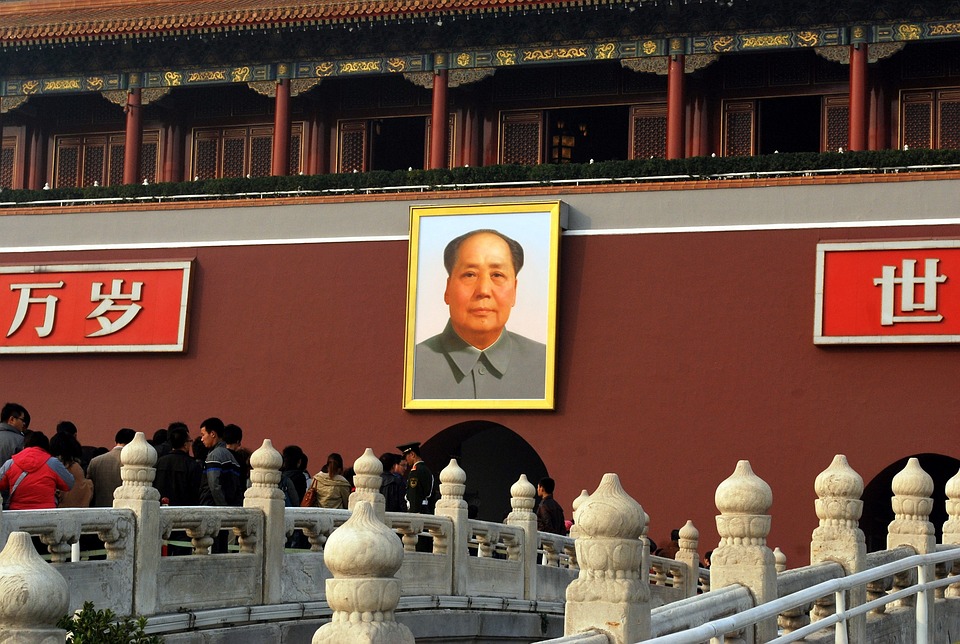Title: Mao Zedong’s Cultural Revolution: A Closer Look at Its Impact Today
The Cultural Revolution, a period of power struggles and political agitation launched by the then Chinese leader Chairman Mao Zedong, remains one of the bloodiest chapters in the nation’s history. From 1966 to 1976, millions of people suffered, with countless brutalities inflicted on those who dared to dissent. While its shockwaves traveled through the social structure, its impact resonates even more today, underlining the importance of acknowledging and learning from the past. This article examines the lasting legacies of the Cultural Revolution and analyzes how it influences present-day China.
Image: [A picture capturing a stark neon backdrop, the “Red Guards” in Mao jackets raising their clenched fists, and the iconic image of Mao Zedong, surrounded by a sea of red flags.]
Impact on the Social Scene
During the Cultural Revolution, Mao urged the youth to challenge the Communist Party establishment, leading to the emergence of Red Guards. This powerful social force, responsible for countless cases of abuse, corruption, and destruction, forever changed the social landscape of China. The decline of education, family values, and traditional Confucian principles resulted in social unrest that ultimately shaped the cultural identity of Chinese citizens.
Today, China’s society actively tries to reconcile the collective trauma of its recent history, promoting a more inclusive and less divisive cultural identity. Despite this ongoing effort, The Chinese populace, particularly older generations, are still marked by the divisive Cultural Revolution’s legacy. Educational reform, which was largely neglected during this period, remains an issue in China. Today, the education system places significant emphasis on moral and social development to counter the extremism of the Cultural Revolution years.
Political Ramifications
Mao’s Cultural Revolution put China in a political state of paralysis for ten years. These years witnessed extreme dissension within the party, leading to the end of the traditional norms of Chinese politics. The Cultural Revolution led to the purging of nearly all of the elderly national leaders then in power. In many ways, this period eventually culminated in the downfall of Mao and deeming it as a damaging political movement.
Present-day China still endures the political aftereffects of the Cultural Revolution. Though the authoritarian system remains intact, there is a conscious effort to move the country forward. The current administration emphasizes stability, personal prosperity, and harmonious relations, drawing stark contrasts to the chaotic Cultural Revolution years.
Economic Consequences
The massive economic upheaval caused by Mao’s utopian communist vision left behind decades of damage, with China’s economic progress stunted in the turbulent aftermath. The widespread redistribution of property and assets hindered long-term economic growth and marked a profound decline in China’s standard of living.
Yet, in the aftermath of the Cultural Revolution, China has embarked on a path toward economic recovery and growth that is nothing short of remarkable. Today, the Chinese economy is one of the world’s largest, with the Chinese people enjoying improved standards of living and becoming increasingly affluent.
Conclusion
Mao Zedong’s Cultural Revolution, a turbulent chapter in China’s history, continues to shape the nation’s sociopolitical and economic landscape today. Despite the painful memories and the struggles that it brought, it paved the way for China to redefine itself and emerge as a global power. A better understanding of these past events can serve as an essential source of national identity, strengthening China’s future path toward unity, progress, and prosperity.
FAQs:
1. What was the primary objective of Mao Zedong’s Cultural Revolution?
The main objective of the Cultural Revolution was to purge China of capitalist and traditional elements that Mao believed were inhibiting the path to Communism.
2. How did the Cultural Revolution end?
The Cultural Revolution effectively ended with Mao’s death in 1976 and the arrest of the Gang of Four leaders in 1976.
3. In what way does the Cultural Revolution impact modern China’s society and culture?
The Cultural Revolution significantly impacted Chinese society and culture by causing a decline in education, corruption, and the death of traditional Confucian values. These events continue to shape the country’s current reconstruction efforts toward a more inclusive and harmonious national identity.
4. Did the Cultural Revolution have any economic consequences?
The Cultural Revolution led to widespread economic upheaval, and its aftermath had severe repercussions on China’s economic progress, causing a decline in living standards for many years. However, China has since made a remarkable recovery, emerging as a global economic power.
5. Would modern China be the same without the Cultural Revolution?
It is difficult to say, as the Cultural Revolution was a significant turning point in Chinese history. However, without the Cultural Revolution, the country might have followed a different path, especially in terms of sociopolitical reforms and economic policies.



